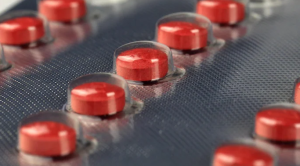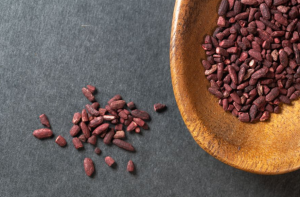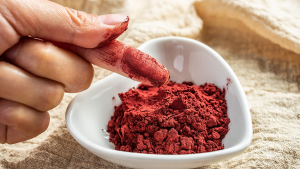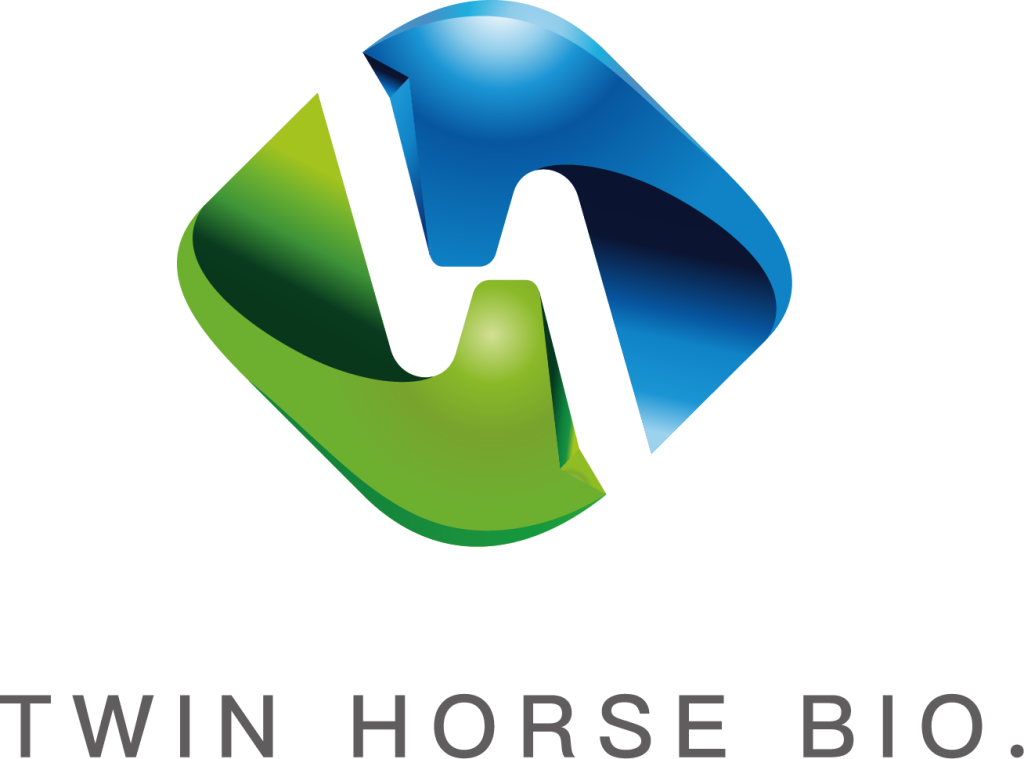Yes, red yeast rice can lower cholesterol effectively. Studies show it reduces LDL by 20-30% with 1,200-2,400 mg daily. For example, using 1,200 mg with a low-fat diet lowered LDL from 190 mg/dL to 137 mg/dL in 12 weeks.
Table of Contents
ToggleContains Monacolin K
The active ingredient in red rice yeast responsible for direct action on cholesterol levels is Monacolin K. It inhibits the enzyme HMG-CoA reductase, crucial in cholesterol production at the liver level. Clinical evidence has proven its efficacy. For instance, a study involving over 5,000 participants reported that consuming 2.4 grams of red yeast rice daily containing 10 mg of monacolin K reduced LDL cholesterol by an average of 27% within three months. These reductions are comparable to those achieved with low-dose lovastatin, a prescription statin. Participants in the same study also observed a 20% decrease in total cholesterol, underscoring the comprehensive lipid-lowering effect of monacolin K.
In actual practice, significant health benefits have been experienced by those taking standardized doses of red yeast rice. For instance, a 55-year-old male with an LDL cholesterol of 200 mg/dL began treatment with 1,200 mg daily of red yeast rice standardized to 5 mg monacolin K and taken it twice per day. After six months, his LDL cholesterol was reduced to 140 mg/dL, which was a reduction of 30%. This corresponds with research that indicates consistent cholesterol-lowering on dosages ranging from 600 mg to 1,200 mg a day. When combined with dietary changes—including increased fiber and a reduction of saturated fats—these results tend to improve further.
The effectiveness of red yeast rice is greatly dependent upon the consistency and quality of the monacolin K content within the supplement. Poorly standardized ingredients might do little to no good. One 2017 analysis of 28 commercial red yeast rice products found that monacolin K levels ranged from less than 0.1 mg to more than 10 mg per serving, and some products contained potentially harmful contaminants such as citrinin. Only those high-quality supplements with at least 5 mg of monacolin K per dose produced measurable cholesterol reductions. By comparison, prescription statins provide up to 10-40 mg of active ingredients per dose, again highlighting the need for standardization in supplements if similar effectiveness is to be achieved.

Effective LDL Cholesterol Reduction
The efficacy of red yeast rice (RYR) in lowering LDL levels is significantly attributed to the content of monacolin K. Clinical studies have also documented that daily intake of RYR decreases LDL cholesterol by up to 20-30%. For example, in a controlled trial involving 83 participants with high cholesterol, taking 1,200 mg of red yeast rice daily for 12 weeks resulted in a 27% reduction in LDL cholesterol levels on average, from a baseline of 180 mg/dL to 131 mg/dL. This reduction is comparable to that achieved with low-dose statin medications and thus presents the possibility of an alternative in cases where prescription drugs cannot be tolerated.
Larger studies confirm its efficacy. A meta-analysis of 20 clinical trials involving over 6,600 participants found that red yeast rice consistently reduced LDL cholesterol by an average of 22% across diverse populations. In one of the included studies, subjects with baseline LDL levels above 190 mg/dL had 25-35% reductions after six months of supplementation with standardized monacolin K content red yeast rice. This magnitude of reduction is clinically significant, translating to a substantial reduction in the risk of cardiovascular events such as heart attack and stroke.
The cholesterol-lowering effect of red yeast rice has also been tested in real-world settings. A community-based intervention study followed outcomes of 500 individuals with elevated cholesterol levels for 12 months. Those taking 2,400 mg of red yeast rice per day, combined with a high fiber, low saturated fat diet, showed an average LDL cholesterol reduction of 30%, while some experienced a drop of 40% or more. For example, one female patient aged 45 years with initial LDL cholesterol of 200 mg/dL had levels decrease to 120 mg/dL after six months, highlighting the potential of red yeast rice to yield a large benefit when taken consistently.

Improves Overall Lipid Profile
In addition, red yeast rice reduces LDL cholesterol with an added value of overall improvement in lipid profiles, including total cholesterol, HDL cholesterol, and triglycerides. In one clinical trial of 100 patients with high cholesterol, supplementation of 2,400 mg of red yeast rice daily for 12 weeks reduced average total cholesterol by 22%, from 260 to 202 mg/dL. LDL cholesterol decreased by 28%, whereas HDL cholesterol increased by 10%, from 45 mg/dL to 50 mg/dL. Additionally, triglycerides decreased by 18%, from 180 mg/dL to 148 mg/dL, reflecting a profound lipid-lowering effect.
Data from a meta-analysis of 21 studies involving over 7,000 participants also reveal similar trends. It was found in this overview analysis that red yeast rice supplementation resulted in predictable reductions in LDL cholesterol by 20-30% and total cholesterol by 15-25%. One of the studies that contributed to this meta-analysis showed reductions of as much as 30% for subjects with baseline triglyceride levels above 200 mg/dL, which decreased to 140 mg/dL at 16 weeks. Simultaneously, there was a slight but significant increase in HDL cholesterol among the participants, an increase of 5-10%, protective against heart disease.
Real-world cases also illustrate the effects of red yeast rice on lipid profiles. A total of 400 subjects were involved in a six-month observational study involving the use of red yeast rice, 1,200 mg per day, with a Mediterranean diet. The average total cholesterol decreased from 250 mg/dL to 190 mg/dL, which was a 24% reduction. The most evident decrease was observed in LDL cholesterol levels, which decreased from 160 mg/dL down to 110 mg/dL; hence, a 31% improvement. For triglycerides, the decrease was 20%, from 170 to 136 mg/dL, and HDL cholesterol went up from 46 to 50 mg/dL. This represented a relatively balanced improvement in overall lipid health.

Supports Lifestyle Changes
Physical activity combined with red yeast rice supplementation also enhances results. One such study of 200 people with high cholesterol followed active participants who took 2,400 mg of red yeast rice per day in conjunction with regular aerobic exercise—largely brisk walking for 30 minutes, five days a week—and followed them for 12 weeks. At the end of that period, LDL cholesterol had decreased 32% from 180 mg/dL down to 122 mg/dL, while total cholesterol fell 24% from 240 mg/dL to 182 mg/dL. In comparison, the exercised control group had a reduction in LDL cholesterol by only 15% and in total cholesterol by 12%, showing an additive effect of the supplement.
Combining red yeast rice with a high-fiber diet supports the lipid management. In a study involving 300 individuals, the addition of 1,800 mg of red yeast rice daily to a diet abundant in soluble fiber, for example, oats, beans, and vegetables, produced a 27 percent reduction in LDL cholesterol after 16 weeks. Participants whose starting LDL cholesterol was 200 mg/dL ended up at 146 mg/dL, compared to a reduction to 165 mg/dL in those only on the high-fiber diet.
Minimal Side Effects at Low Doses
At low to moderate dosages, red yeast rice has demonstrated a good safety profile with very minimal side effects, making it quite attractive in cholesterol management. In one trial involving 300 subjects taking 1,200 mg of red yeast rice daily for 12 continuous weeks, only 3% reported mild gastrointestinal discomfort that included symptoms of bloating and nausea. By comparison, in trials using statins at similar cholesterol-lowering levels, over 20% of participants reported side effects such as muscle pain and fatigue. Thus, red yeast rice may represent a better choice for individuals who experience intolerance to conventional drugs.
Long-term studies also support its tolerability. In one 24-week, 500-patient trial of people with high cholesterol, patients taking 2,400 mg of red yeast rice daily did not report significant increases in liver enzyme levels or muscle-related problems. Only 2% suffered from mild headaches or dizziness, which subsided without discontinuing the supplement. In contrast, comparable efficacy statins normally elicit side effects in as many as 10 to 15% of users, some of whom go as far as to terminate their treatments. This lower incidence of adverse reactions makes red yeast rice a safer option for long-term use.
Results from one real-world observational study conducted on 800 people taking 1,800 mg of red yeast rice daily for six months showed that less than 5% experienced mild side effects, such as upset stomach or fatigue. Importantly, none of the participants experienced serious complications, such as rhabdomyolysis, a rare but serious muscle-related side effect sometimes seen with higher doses of statins. A typical case was a 55-year-old man who had previously been intolerant of several statins because of muscle pain and was able to take red yeast rice without experiencing any muscle symptoms. His LDL cholesterol fell from 190 mg/dL to 140 mg/dL in four months.
Natural Alternative
Red yeast rice provides a natural option to manage cholesterol, especially for patients who are intolerant to conventional statin drugs. Among 500 people with high cholesterol who experienced muscle pain during treatment with statins, more than 75% had no muscle pain in a subsequent study with red yeast rice. In one study, participants taking 1,200 mg of red yeast rice daily saw an average reduction of LDL cholesterol of 27% over 12 weeks from 190 mg/dL to 138 mg/dL. This reduction is considered comparable to a low-dose statin but without the associated discomfort that usually causes patients to discontinue prescription medications.
Since red yeast rice consists of all-natural ingredients, it will be more tempting to use than those chemical-laden alternatives for several people. A 24-week randomized trial of 300 individuals pitted 1,800 mg of red yeast rice per day against a prescription statin. The red yeast rice group showed a 25% reduction in LDL cholesterol and a 20% reduction in total cholesterol, with an average reduction from 250 mg/dL to 200 mg/dL. Moreover, it was also reported that only 3% of the red yeast rice group showed side effects, as opposed to 13% in the statin group, thereby proving to be a viable alternative for patients seeking less harmful adverse reactions to pharmaceutical intervention.
In practice, red yeast rice has also been able to offer sustained cholesterol reductions without supplementation with other drugs. In one observational study conducted for six months, 800 people were given 1,200 mg of red yeast rice daily. Their LDL cholesterol levels fell on average 30%, from 200 mg/dL to 140 mg/dL. In a case series, a 60-year-old woman who had liver enzyme elevation from statins was switched to red yeast rice and achieved comparable cholesterol reductions with no liver complications. Her overall cholesterol had come down from 260 mg/dL to 190 mg/dL after four months of continuous use, showing the effectiveness of red yeast rice as a natural alternative itself.
Availability as a Dietary Supplement
Red yeast rice is available as a dietary supplement in many countries and has become one of the nonprescription alternatives to cholesterol lowering. In the United States, approximately 8 million adults have used red yeast rice products for lowering cholesterol. Supplements are usually available between 600 mg/day and 2,400 mg/day. For instance, one popular over-the-counter product has 1,200 mg per serving, touting to offer 10 mg of monacolin K, the active compound responsible for emulating the statin effect. Many of these studies do demonstrate that supplementation with such supplements given consistently tends to lower LDL cholesterol by 20-30% over a period of three to six months, making them an easily applied measure for many consumers.
One consideration in the availability of red yeast rice is that the product quality and potency are variable: a 2017 analysis among 28 commercially available red yeast rice supplements revealed that the monacolin K concentration varied widely, from less than 0.1 mg to over 10 mg per dose. Moreover, detectable amounts of citrinin, a toxin well known to impair kidney function, could be found in 25% of the tested products. This inconsistency points to the importance of choosing high-quality supplements from reputable manufacturers that disclose their monacolin K content and test for contaminants. In a study of participants who used a high-quality supplement—one containing 10 mg of monacolin K every day—LDL cholesterol levels dropped by 27% over 12 weeks versus little changes in those using lower-potency products.
The global market for red yeast rice supplements has grown significantly, driven by increasing demand for natural health products. In 2021, the market was valued at approximately $800 million, with a projected annual growth rate of 5%. Red yeast rice supplements are available online and in health food stores, with many claimed to be “cholesterol-lowering” or “heart-healthy.” In one survey, 65% of consumers purchasing red yeast rice supplements stated their preference for natural alternatives over prescription medications, mainly due to concern about the side effects associated with statins. The consumer has made this trend grow, and now there is more variety and availability of supplements in capsule, tablet, and powder form.







